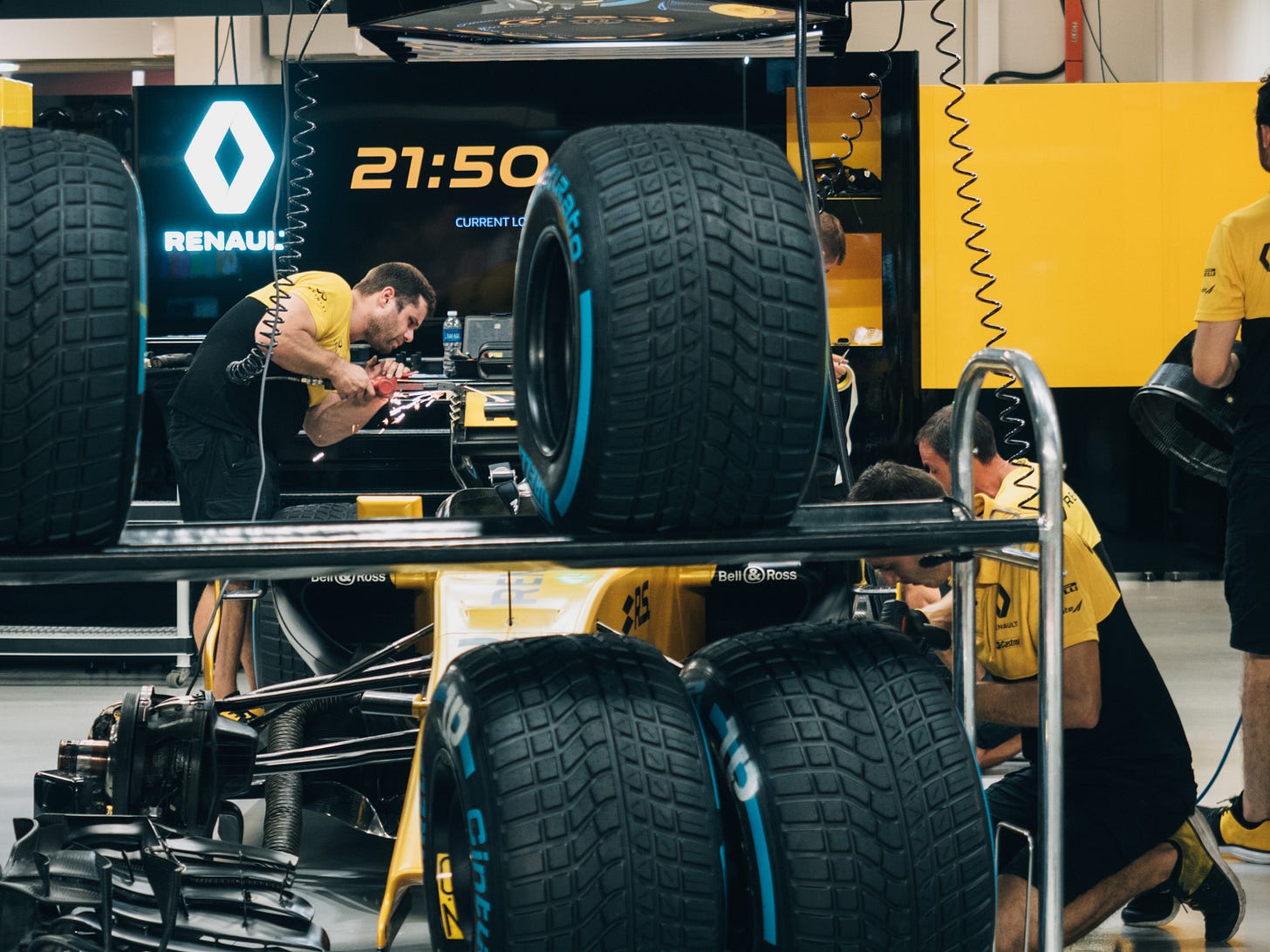What Servant Leadership Can Teach Us About Product Management
PMs are versatile and do whatever it takes to launch great products.
Servant leadership is a concept I was introduced to recently. According to Greenleaf.org, “The servant-leader shares power, puts the needs of others first and helps people develop and perform as highly as possible.”
For those interested in the value that PMs can bring their teams - and really do bring their teams - that definition is essential. While often coined as “CEOs of the product,” PMs are not in charge of anyone who touches the product development process. Instead, PMs are part of that process. They add unique value to it, but that value is not superior to anyone else’s. In product development:
Software Engineers build
QA Engineers check implementation through rigorous testing
Designers ensure that expectations of what a product can do are clear to the user (and a lot more)
PMs guide the entire process from ideation to release.
To expand on that guidance, the role of the PM in product development includes elements of strategy, validation, implementation, communication, and documentation. PMs must consider and prioritize the success of the customer and the business every step of the way.
Yes, the scope of what PMs do varies. It depends on how your team is structured, and just as importantly, what your team needs. It is important to note that different products, and products at different stages of product-market fit, may require PMs to take different actions. PMs at Series A startups may do a lot of discovery work since they are moving incredibly fast and may need to pivot. PMs at publicly traded companies don’t have to worry about product-market fit and have more resources at their disposal, so they can spend more time on exercises like journey mapping with the help of customer analytics tools (though you do not need analytics tools for that).
I was recently part of a large product launch (rolling out native payment processing in a legal practice management software) that was a very cross functional effort. It was fast-moving with a ton of work to be done. As a result, it was very easy for lines to be blurred across departments. If I was in the right place at the right time, and had the knowledge to help out, I tried to do whatever was needed to keep the ball rolling and step up. As we neared launch, I found myself working in areas that didn’t fall exactly in the scope of my responsibilities, such as QA. This is because what we were releasing touched several different areas of the product and we wanted to be sure that no stone was left unturned.
The point of sharing this is largely to inform aspiring product professionals that much of the job involves stepping up in a myriad of ways, and that those ways largely depend on the needs of the company and various dynamics of your company’s and product’s positioning in the market. That is why PMs are generally versatile and need to flex different muscles.
At the end of the day, PMs feel a sense of ownership of their product. When you feel a sense of ownership of anything, you do whatever it takes to help your team launch new features with speed and a premier level of quality.
Please feel free to leave a comment with any thoughts or questions! And one quick note — if this newsletter went to your promotions instead of your inbox, all you have to do is drag this email to your inbox or add my email address to your contacts.
This post has been published on www.productschool.com communities.


